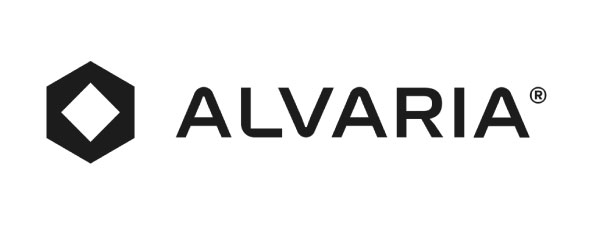Debt collection is rapidly changing, and to keep up with current trends, financial institutions must adapt to altered consumer behaviors as well as other pitfalls in digital collections.
With many consumers going digital, collections agencies must now follow suit. In an effort to reach more consumers as quickly and easily as possible, AI and machine learning have reinvented the collections process in a cost-effective manner.
While AI and machine learning present an excellent opportunity for digital collections processes, there are still many pitfalls to avoid. Read below for tips on what to look out for and how to overcome challenges.
Don’t fall for one-size-fits-all.
Financial institutions have typically adopted one-size-fits-all approaches, which have proven ineffective in collections.
Instead, it’s vital to adjust outreach accordingly and segment the consumers being contacted for repayment. TEC Services Groups recommends collections agencies collect and analyze customer data to craft productive strategies that fit best for each past-due consumer, including positive messaging and tone, frequency, and channel of contact.
Correct implementation.
What does strategy matter unless you’ve effectively correctly implemented your collections software? It’s important to mitigate common implementation difficulties to guarantee everything will proceed as smoothly as possible. Set a clear implementation strategy and have a backup plan in case something goes amuck.
This includes fully aligning with your vendor on expectations, resources, implementation timeline, and support.
Keep in mind that implementation is only the first step. Along the customer’s journey to repayment, it’s essential to focus on deriving as much value as possible. The longer you go unpaid, the more time, effort, and money is spent recouping what is owed from a past-due consumer.
Compliance, privacy, security.
As we’re all aware, digital collections software regularly handles consumers’ personal and sensitive data, which requires considerable care with respect to privacy, security, and compliance.
For example, under Regulation F, debt collectors must first contact a consumer before reporting a debt to the three major credit reporting agencies, Equifax, Experian, and TransUnion. They must speak to the consumer by phone, mail a letter to their residency, or send an electronic message such as an email about the debt. With Regulation F, the debt can only then be reported after 14 days have passed and the message about their debt has been deemed as undeliverable.
Another complicity factor to keep in mind is the FTC’s Safeguards Rule, which had initially been imposed a deadline of December 9th, 2022, but has since been revised to take effect July 9th, 2023. There is a $45,000 penalty for violating the new regulations.
Financial institutions like banks and federal credit unions, however, are not impacted by the Safeguards Rule, so you must be aware and up-to-date on both regulations and tech trends.
Multiple possible pitfalls, but one solution.
Financial institutions and collection agencies are facing a variety of digital debt collection struggles, including proper implementation, the right strategies, and following compliance regulations. Thankfully, these pitfalls are far from unavoidable.
We offer the best solutions to ensure your collections success rates increase and you reach the right party the first time. Ready to begin implementing digital collections in your debt collection strategy? Let’s do this.







